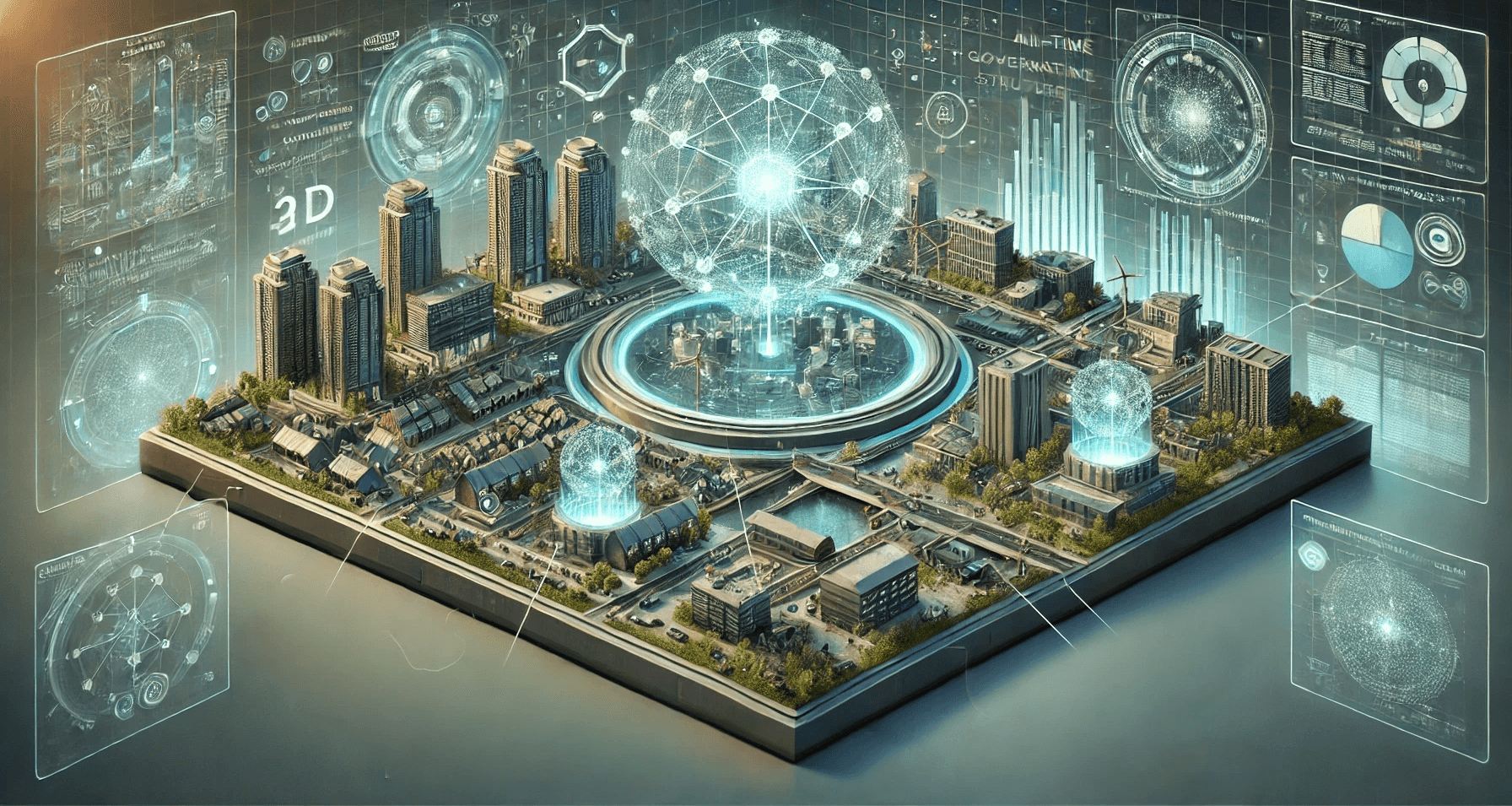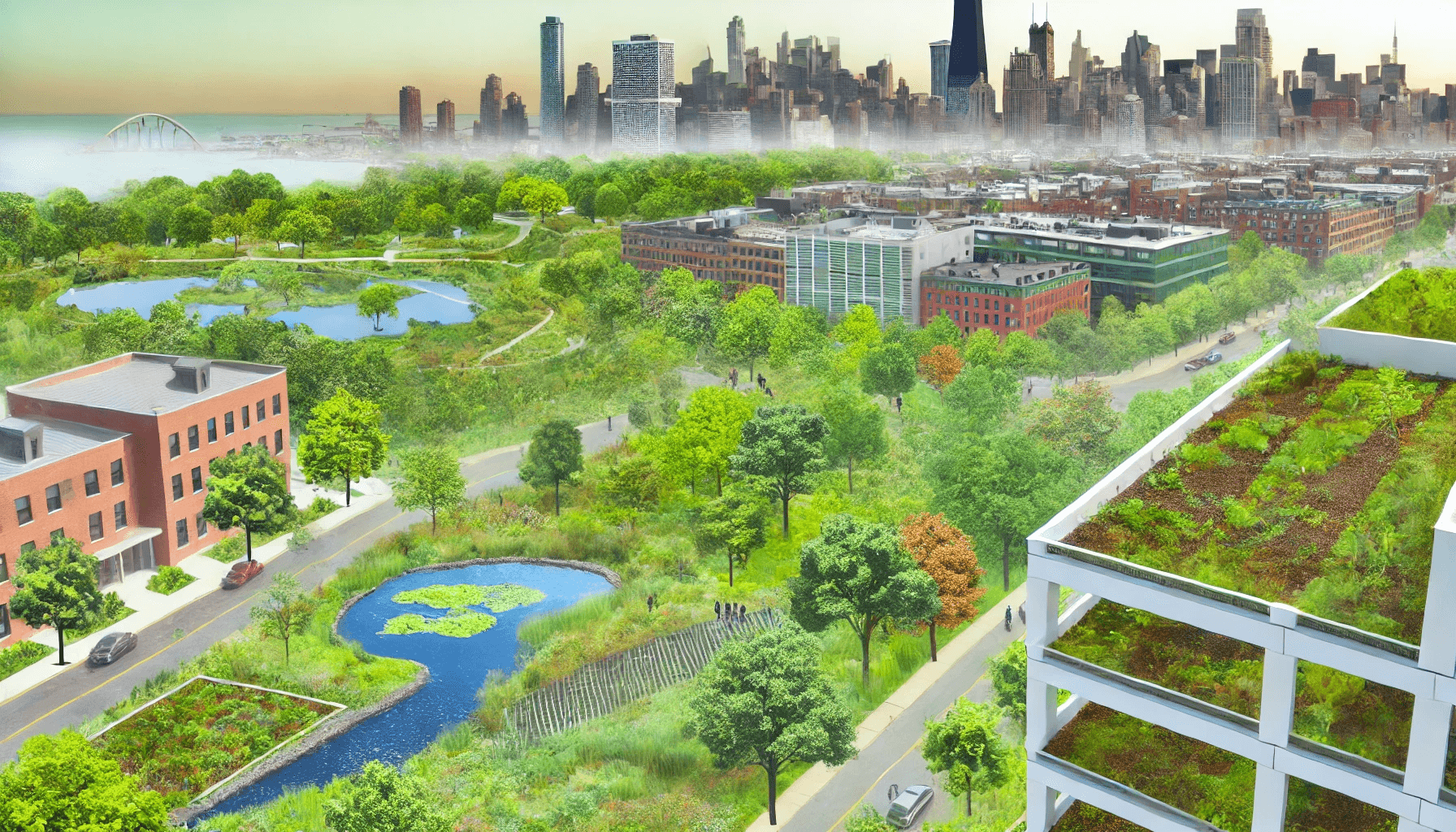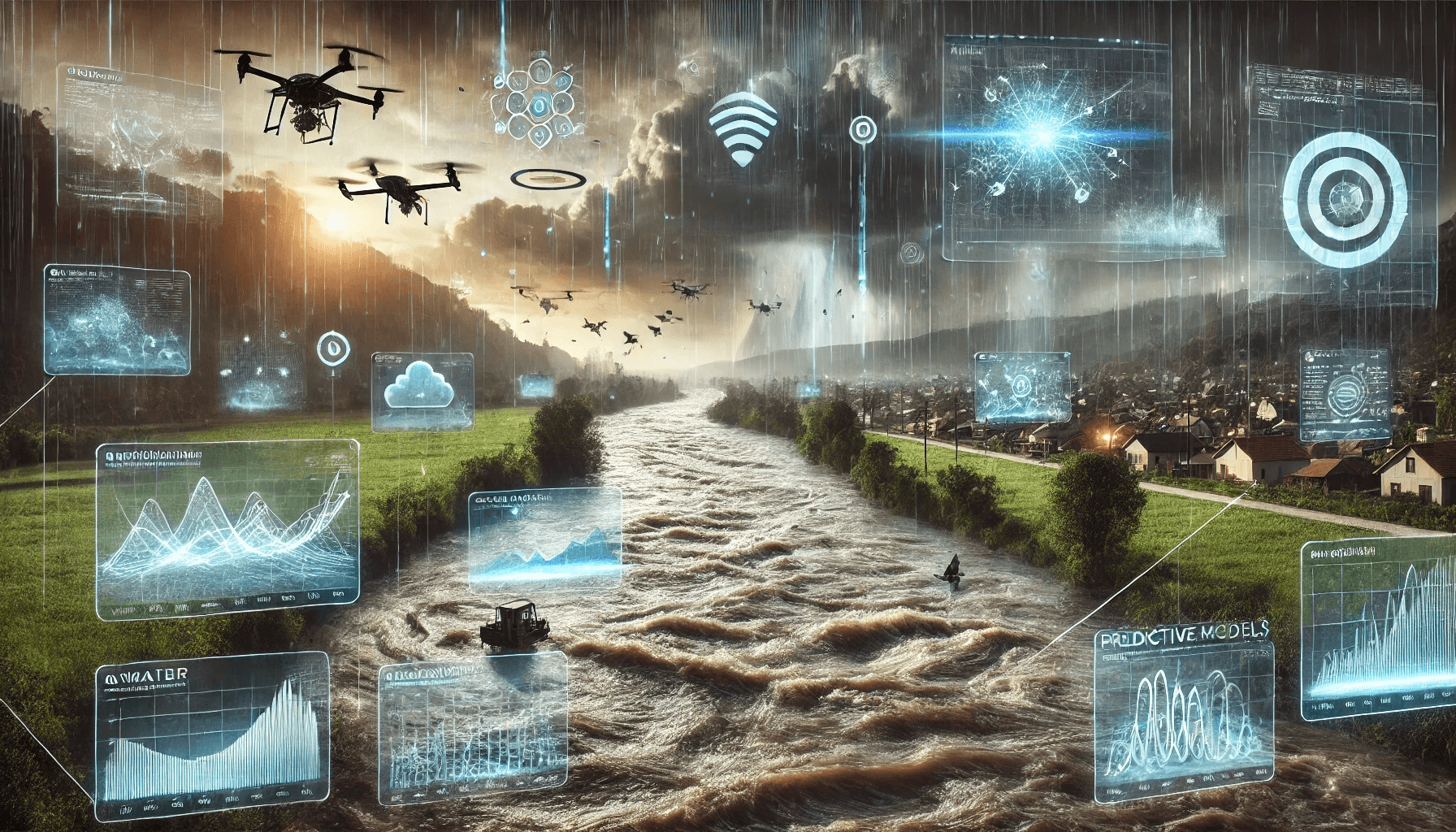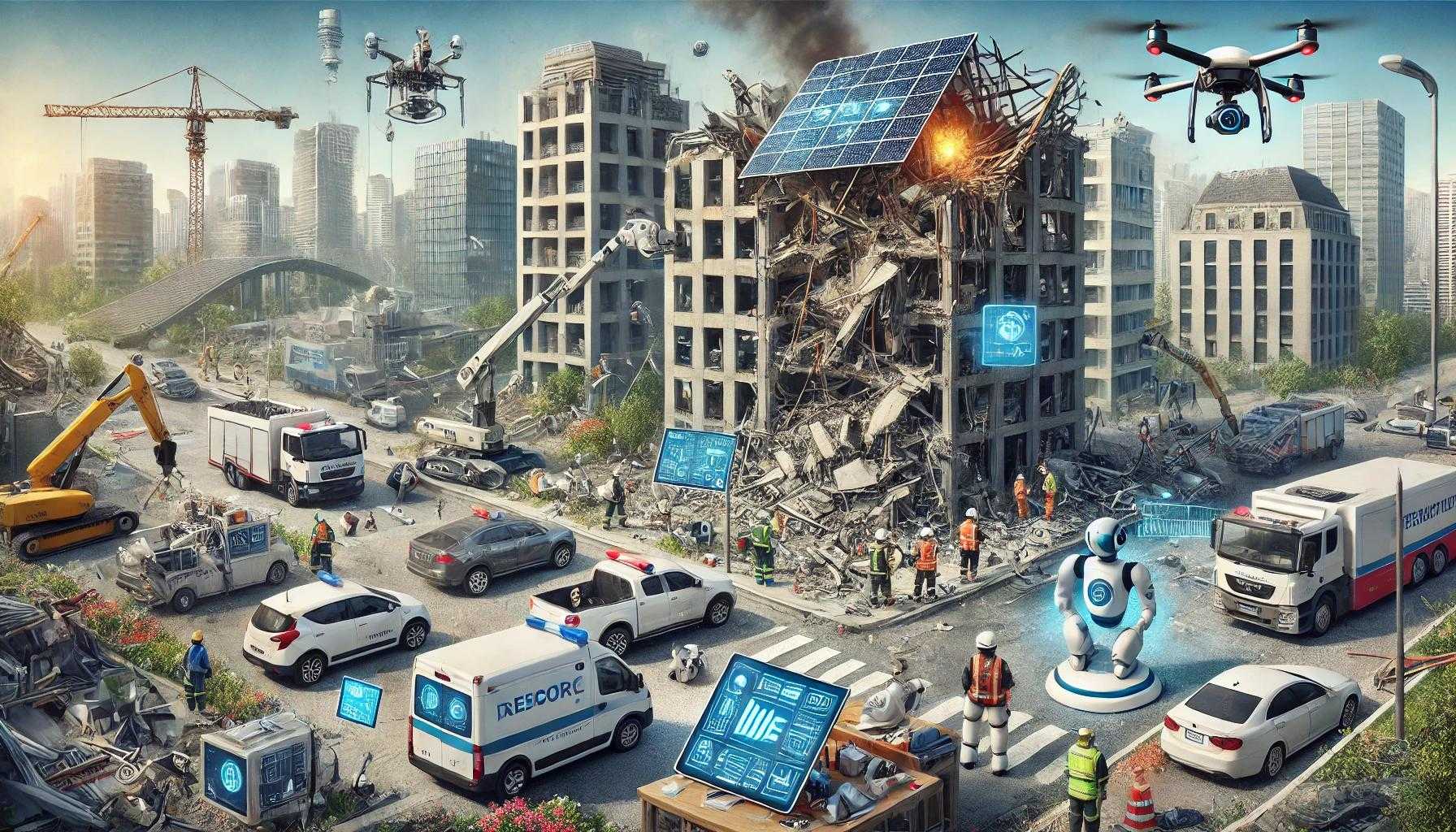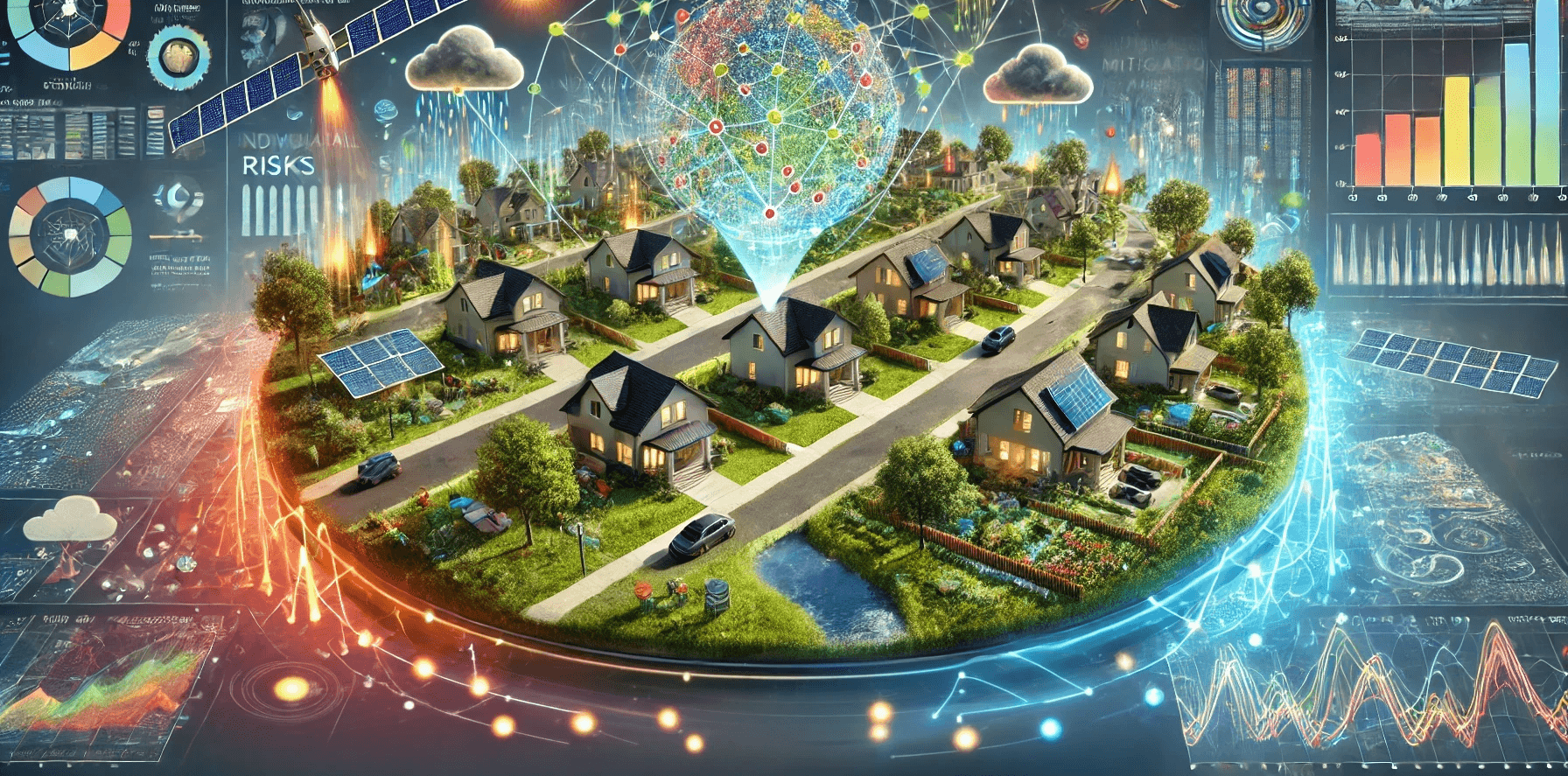
Optimized Insights
From deep networks, actionable foresight.
Future cities won’t be planned by either power brokers or citizen assemblies alone. Thinking machines employing deep networks of extraordinary complexity will be at the table too, bearing insights and predictions of such clarity that they cannot be ignored.
This evolution will fundamentally reshape our ability to anticipate and prepare for climate challenges. Instead of relying on a handful of projections, cities will explore a vast array of AI-generated scenarios. As our capacity for foresight grows, the boundary between prediction and prevention will blur. Advanced decision-support systems will not only forecast floods and other climate disasters with unprecedented accuracy but also propose and simulate adaptive measures in real-time. And we’ll find that as we discover inter-dependencies and cascading effects that were previously invisible, as well as innovative adaptation strategies that might otherwise remain hidden.
This proliferation of options will challenge traditional decision-making processes, driving a search for new frameworks for evaluating and prioritizing interventions. The challenge will lie in balancing the power of machine learning with the nuanced understanding of local contexts and values. Cities will need to develop new governance models that ensure AI-powered adaptation strategies remain transparent, accountable, and aligned with community needs. But the prize is worth the struggle. Democratizing these powerful tools can also level the playing field, allowing smaller cities and disadvantaged communities to access sophisticated climate risk analyses once reserved for major cities. Truly optimized insights will illuminate overlooked vulnerabilities and opportunities, leading to more equitable and comprehensive adaptation strategies.
Trends
Each forecast is built up from a collection of several trends. Think of trends like vectors. They call our attention to a single force acting along a path over time.



